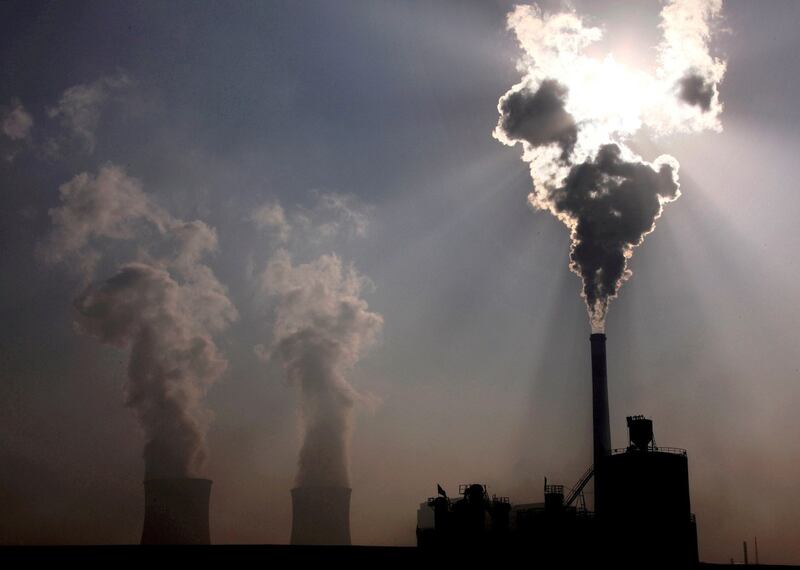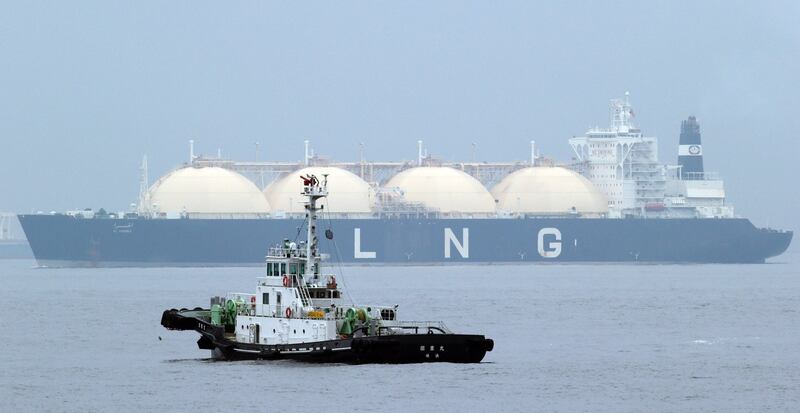Japan has launched a $10 billion fund to promote clean energy in Southeast Asia, amid growing signs that the world’s third-largest economy is shifting away from the investments in coal-fired power generation still heavily promoted by its key strategic rival for regional influence – China.
The Asia Energy Transition Initiative (AETI), launched by Japan's Ministry of Environment, Trade and Industry in late May, aims to enable more innovation and investments in energy efficiency, renewables, and alternatives to coal-fired power plants.
“There has been a seismic shift in Japanese energy policy,” said Tim Buckley, an Australia-based energy finance analyst at the Institute for Energy Economics and Financial Analysis. “ASEAN is a perfect market to benefit,” he said, referring to the 10-country Association of Southeast Asian Nations. “It has one of the highest economic and energy demand growth outlooks in the world.”
Japan and China, the world's second-largest economy, are the two largest energy investors in Southeast Asia, which has become heavily reliant on coal. According to the energy economics institute, China, Japan, and South Korea financing and capital were responsible for 90 percent of all financing for coal plants committed in Southeast Asia, investing $77.2 billion since 2010, according to a Greenpeace Japan report .
According to the International Energy Agency, the region has seen electricity demand grow at 6 percent a year, with coal-fired power plants the fastest growing source.Coal currently accounts for 56 percent of electricity generation in Indonesia , 34.3 percent in Vietnam and 29.3 percent in Cambodia .
Major projects funded by Japanese financial institutions include the 1,200 megawatt Vung Ang-2 coal plant in Vietnam and the 660 megawatt Cirebon plant in Indonesia, which has seen protests over the impact on nearby mangrove and coastal marine ecosystems .

Coal-exit announcements
But over the past year, several major Japanese banks including the Japan Bank for International Cooperation and MUFG , along with the trading house Sumitomo , have made coal-exit announcements that would limit future coal investments. The creation of the Asia Energy Transition Initiative and the new fund are signs that Japan doesn't just plan to exit coal itself, but provide ASEAN countries an alternative to Chinese coal investment as well.
"Japan will drive pragmatic energy transformation using all fuels and technology so that the ASEAN region can achieve economic growth and carbon neutrality at the same time," Hiroshi Kajiyama, Japan's minister of economy, trade and finance, told a press event in mid-June.
Romain Zissler, a senior researcher at the Japan-based Renewable Energy Institute, describes the developments as “positive.” He sees potential in Japan’s expertise in energy efficiency, hydrogen, and grid integration. “Japan can play a major role in the decarbonization of Southeast Asia.”
With South Korea also exploring an exit from overseas coal financing, China could become both the sole financier of coal-fired power plants, and the key importer of fossil fuels from the region, including Indonesian coal and Malaysian petroleum.
China has pumped billions into high-carbon coal and industrial projects in Southeast Asia through the Belt and Road Initiative (BRI), its global infrastructure development strategy adopted in 2013. But it has invested very little into clean energies like solar and wind that remain relatively underdeveloped in the region.
“ASEAN has really been a global laggard in developing renewable energy. Combine that with strong economic growth, and greenhouse gas emissions have been growing aggressively,” Buckley said, citing the ample availability of financing for coal, lax environmental standards and a weak regional market for renewable energy.
Buckley sees a direct link between the limited expansion of solar and wind across Southeast Asia and Chinese, Japanese, and Korean fossil-fuel investments. “If you were trying to do renewable energy, you were competing against subsidized foreign coal,” said Buckley. “Prior to 2020, there were no examples of sizable investment in renewable energy anywhere in ASEAN.”

Locking in emissions
Experts fear that continued Chinese investment in coal-fired power plants, many built with guaranteed payments and an operational lifetime between two and four decades, could both lock-in greenhouse gas emissions, and make it challenging for renewables to compete.
There are signs of a shift, but not because of decisions being made in Beijing. A report released earlier this month from the Center for Research on Energy and Clean Air (CREA) found that shelved projects and cancellations due to economic and environmental concerns are impacting Chinese-funded coal projects in Southeast Asia, and that the key drivers are domestic.
“[The cancellations] are more recipient-country driven than China’s hesitancy to stop funding coal,” said Isabella Suarez, a Philippines-based energy analyst for CREA.
Whatever trend is in the making, it won’t be enough to meet the climate goals set in the Paris Agreement, which aims to keep global temperature rise below 2 degrees Celsius. Southeast Asia is lagging other regions so far on efforts to reduce emissions.
Despite years of rhetoric on greening the Belt and Road, coal remains central to Chinese overseas investment, especially in Southeast Asia. A report from the International Institute of Green Finance, released in January found that despite an overall drop in fossil fuel investment under the BRI, the proportion going to coal has remained steady, and there hasn't been any corresponding growth in solar and wind investments.
Suarez hopes that Japan’s decarbonization fund and the climate-focused “Build Back Better” fund announced at the summit of the G-7 industrialized nations in June -- which is aimed at countering the BRI -- may push China to reconsider the environmental and climate impacts of its coal-laden Southeast Asian portfolio.
She said it’s possible these efforts by Japan and the G7 to counter the BRI investments “can create pressure” to get China to finally release guidelines on greening the Belt and Road.
